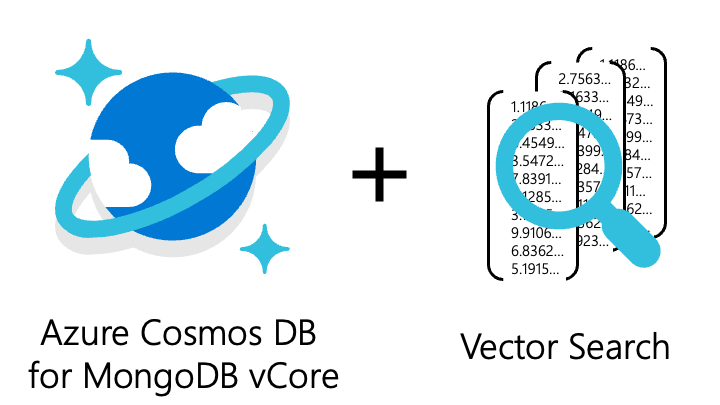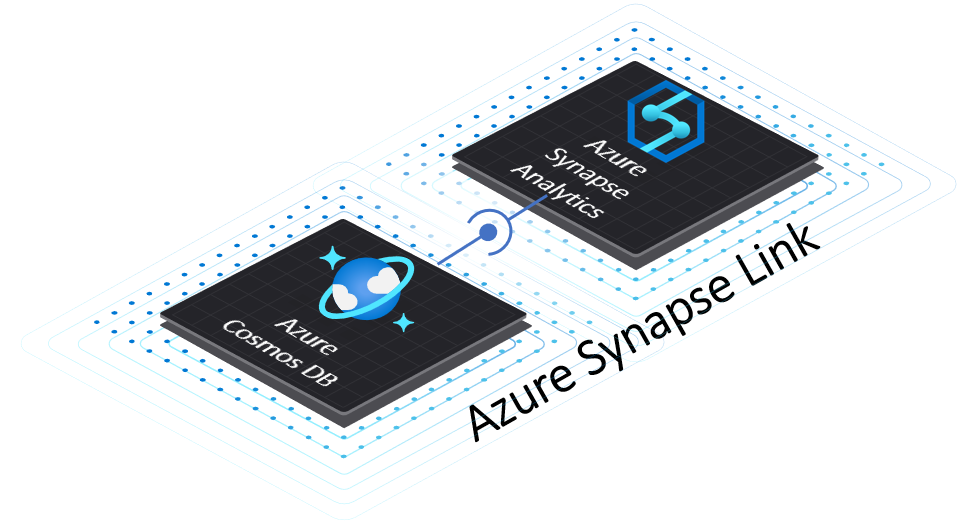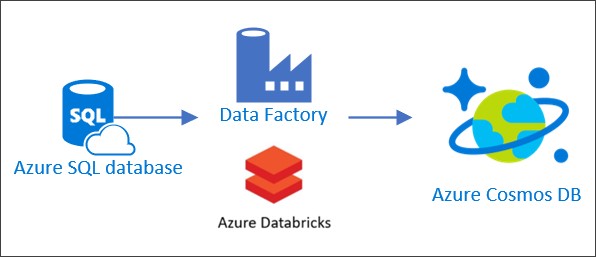


Introducing Text Indexes in Azure Cosmos DB for MongoDB vCore

Introducing Integrated Vector Database in Azure Cosmos DB for MongoDB vCore

Benchmarking Data Migration from Cassandra to Azure Cosmos DB Cassandra API

Azure Synapse Link: Announcing support for existing Azure Cosmos DB containers and seamless Power BI integration

Cassandra API Recommendations for Java

Azure Cosmos DB Cassandra API serverless now in preview!

Migrating Relational Data into Azure Cosmos DB using Azure Data Factory and Azure Databricks


 Light
Light Dark
Dark